Home / Assisted living
Home / Assisted living
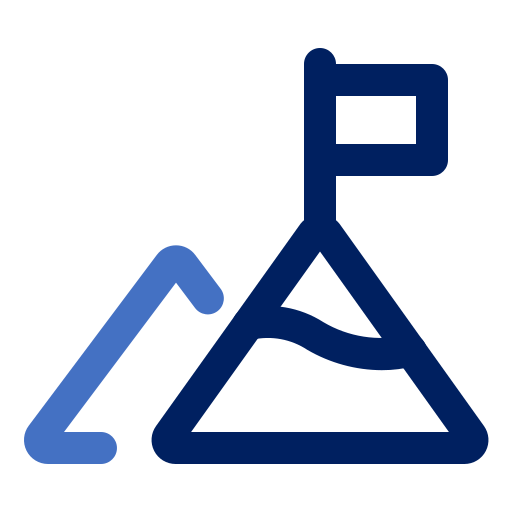

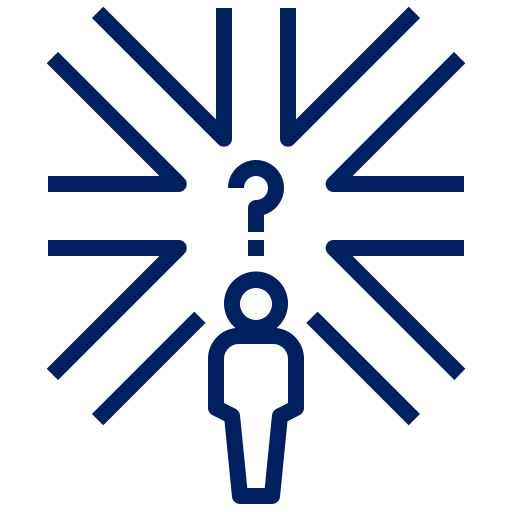
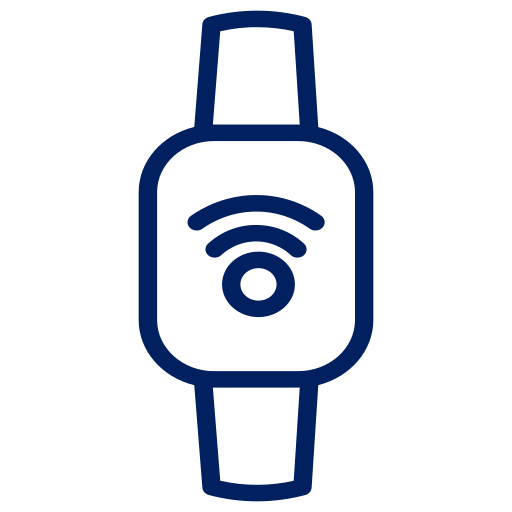
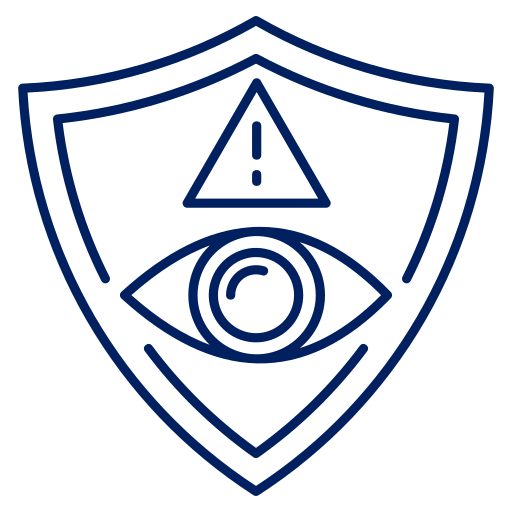
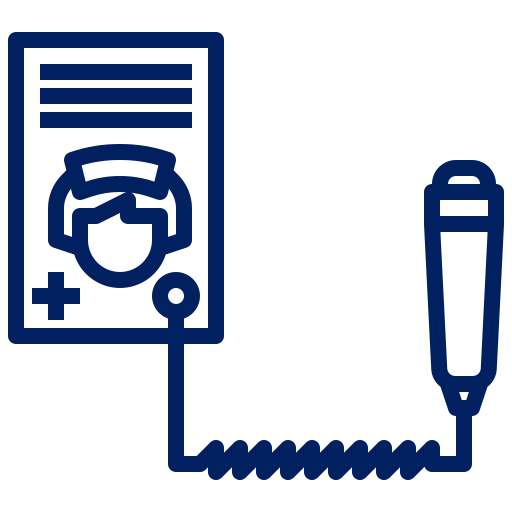
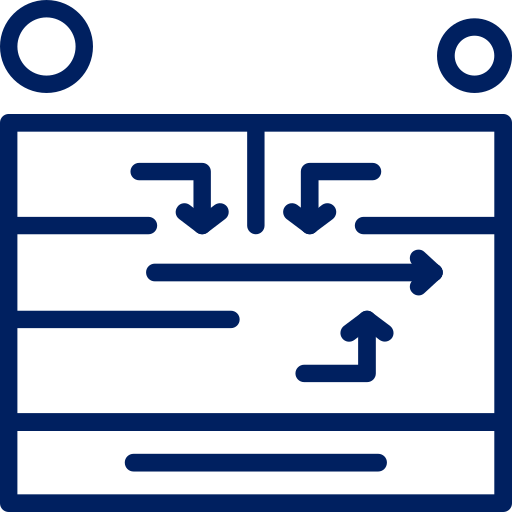


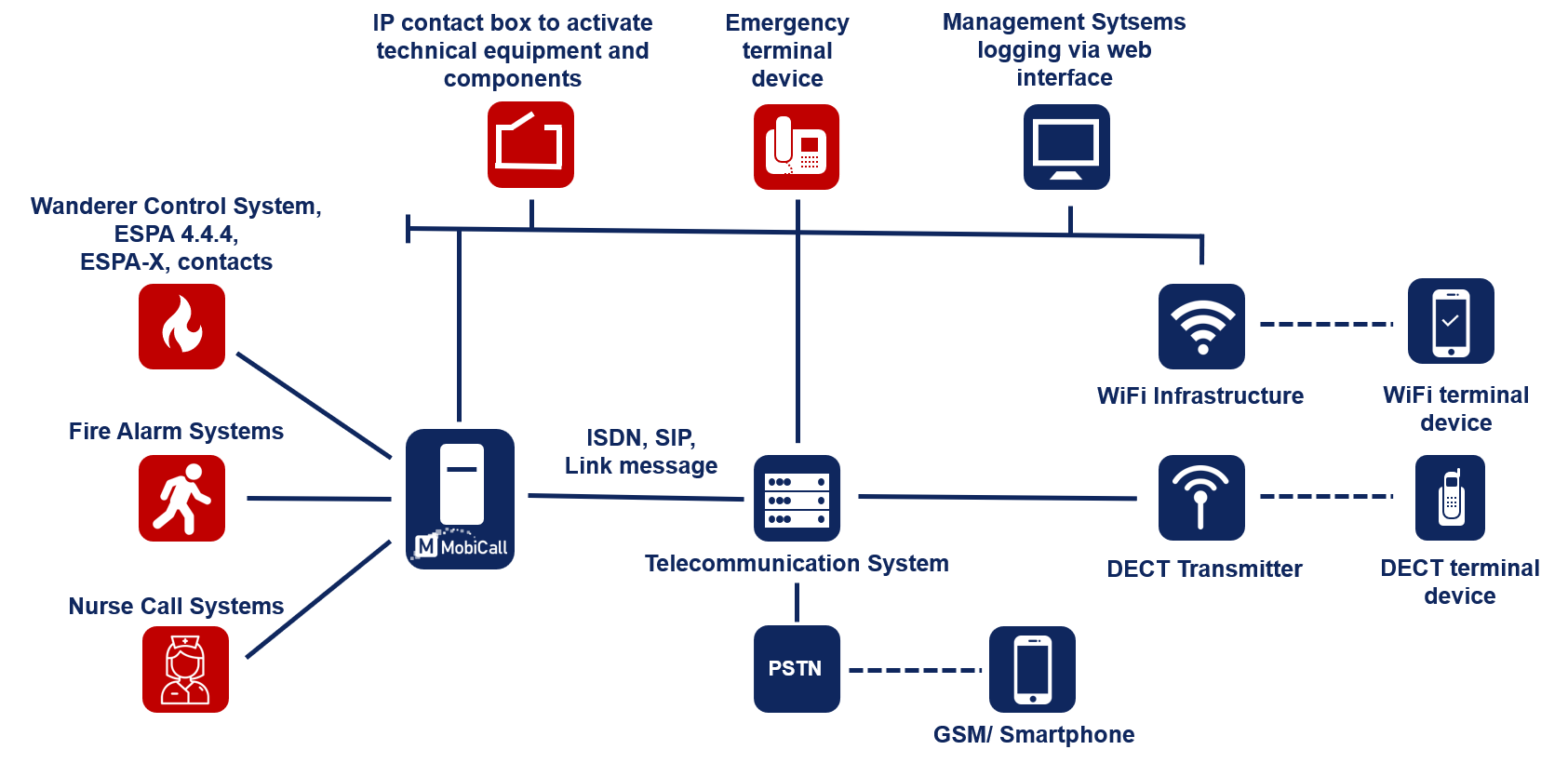
We are in the process of implementing a quality management system according to EN ISO 13485 and MDR, and will issue a certified medical device version of our MobiCall platform. (Status: February 2023)

Find out more: Emergency calls and patient alarms
Find out more: Fire and disaster alerting
Find out more: Monitoring of technical components